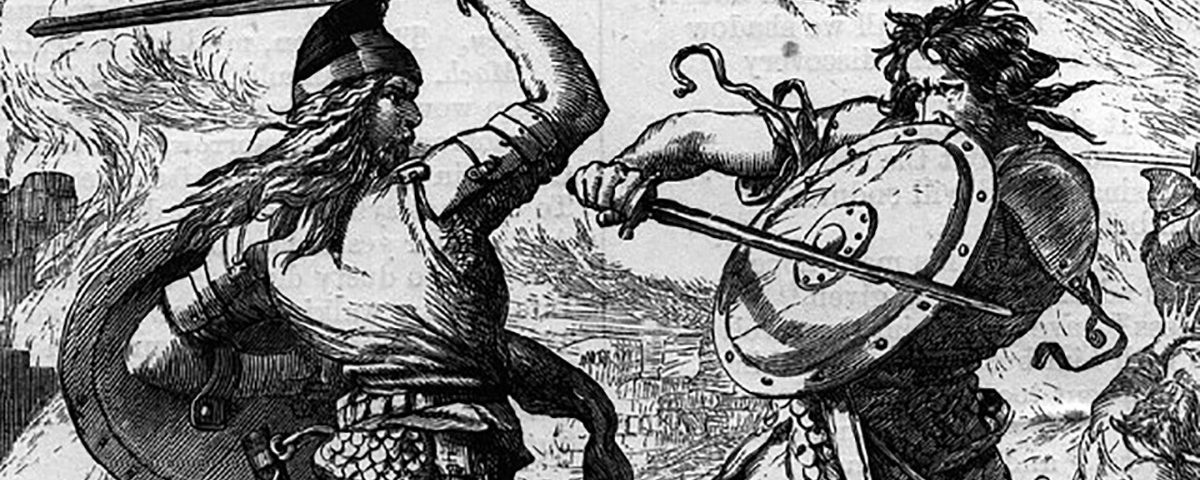SLAPSTICK & STAGE COMBAT WORKSHOP

Duration:
Various (1 Hour - Full Day)Suitability:
Grades 7 - 12Available Terms:
Terms 1 - 4SLAPSTICK & STAGE COMBAT WORKSHOP
Venue: Double Teaching Classroom, Drama Room, Studio, Hall, Theatre
Safety. Timing. Chaos. Control. A physically charged, laughter-filled exploration of comic violence and choreographed mayhem for the stage.
This hands-on, high-energy workshop introduces students to the fundamentals of slapstick comedy, stage combat, and physical storytelling. Merging historical clowning traditions with contemporary theatre practice, the workshop empowers students to safely create illusions of conflict and chaos while exploring the discipline, precision, and collaboration behind effective physical comedy and stage violence. Students learn how to fall, trip, punch, slap, and stumble — all without anyone getting hurt, and all while staying in character and telling a compelling story.
Australian Curriculum Links
Target Years: 7–12
Supports learning in The Arts – Drama, Health & Physical Education, and General Capabilities.
The Arts – Drama
Years 7–10 | Strands:
- Developing Understanding and Practices
➤ Explore physical techniques used to create comic effect and tension through slapstick and fight choreography
➤ Rehearse and refine stage combat routines to develop timing, movement precision, and physical discipline
(ACADRM043, ACADRM049) - Responding and Interpreting
➤ Analyse how conflict, rhythm, and exaggeration are used to construct meaning, character relationships, and audience response
➤ Reflect on physical risk, safety protocols, and intention in creating stylised violence
(ACADRR046, ACADRR051)
Senior Secondary – Drama (Years 11–12):
- Application of non-naturalistic performance styles (slapstick, commedia dell’arte, melodrama)
- Understanding the aesthetic function of violence in theatre (symbolic, comedic, or cathartic)
- Exploration of stagecraft and safety in fight choreography and ensemble combat scenes
Health and Physical Education (HPE)
Years 7–10 | Strand: Personal, Social and Community Health
- Practice safe movement, body awareness, and physical control in peer-based activities
- Develop strategies for trust-building, personal boundaries, and respectful collaboration in high-energy, close-contact tasks
(ACPPS074, ACPPS091, ACPPS094)
Senior Secondary – Personal Development / HPE:
- Engage with topics of risk awareness, team dynamics, and emotional regulation in physical play
- Understand how wellbeing, self-discipline, and interpersonal trust are developed through safe, structured physical expression
General Capabilities
Critical and Creative Thinking
- Design, rehearse, and evaluate physical storytelling techniques and choreographed sequences
- Solve physical staging problems with creativity and improvisation
Ethical Understanding
- Understand and respect physical boundaries and consent in all physical contact work
- Explore conflict and violence as dramatic tools without promoting harm or aggression
Personal and Social Capability
- Build confidence, control, discipline, and team trust
- Practice adaptability, initiative, and effective communication under pressure
- Learn to support one another through fast-paced physical collaboration
Core Workshop Components & Experiences
- Slapstick Fundamentals: Trips, tumbles, double takes, comic reactions, and rhythms of repetition
- Stage Combat Basics: Pushes, slaps, punches, grabs, and hair pulls — all choreographed and controlled
- Safety First: Warm-ups, trust exercises, spatial awareness, and safe contact practice
- Choreography and Rehearsal: Creating convincing sequences with comic timing, clarity, and flow
- Non-Verbal Characterisation: Communicating fear, rage, surprise, and triumph without words
- Conflict and Comedy: Using contrast, status, rhythm, and exaggeration to build comic tension
- Ensemble Timing: Team synchronisation, cue awareness, and responding in-the-moment
- Fight & Flight: Emotional truth behind physical action — always storytelling first
Style and Form
- Slapstick & Clowning – exaggerated, physicalised comedy rooted in tradition
- Stage Combat – illusion of violence with high levels of control and rehearsal
- Melodrama & Commedia dell’Arte – heightened emotion and stylised action
- Improvisation – spontaneous comic response and exaggerated reaction
- Physical Theatre – using the body as the primary storytelling instrument
Learning Outcomes
By the end of this workshop, students will have:
- Developed safe, effective physical performance techniques for theatre
- Gained insight into the history, psychology, and purpose of slapstick and staged conflict
- Increased self-discipline, body awareness, and physical control
- Strengthened collaboration, timing, and trust in ensemble work
- Practiced creating and performing choreographed physical scenes
- Reflected on how violence, comedy, and chaos can serve powerful dramatic functions
Workshop Adaptability
Tailored for all skill levels and group sizes — ideal for:
- Drama classes exploring comic or conflict-based texts
- Extension groups working on devised or ensemble productions
- HPE or Wellbeing programs integrating physical confidence and team skills
- Cross-curricular units connecting performance, history, and ethics of conflict in art
Devised by: Nikki J Price